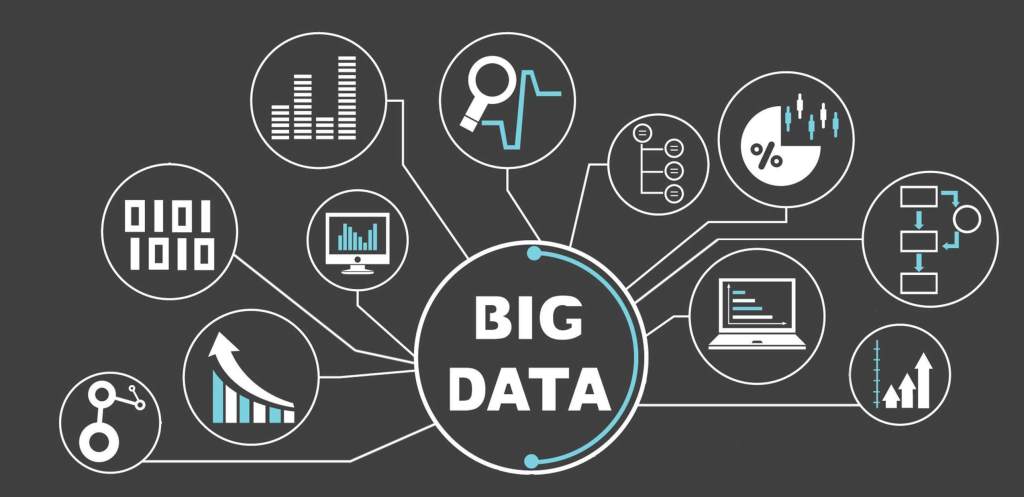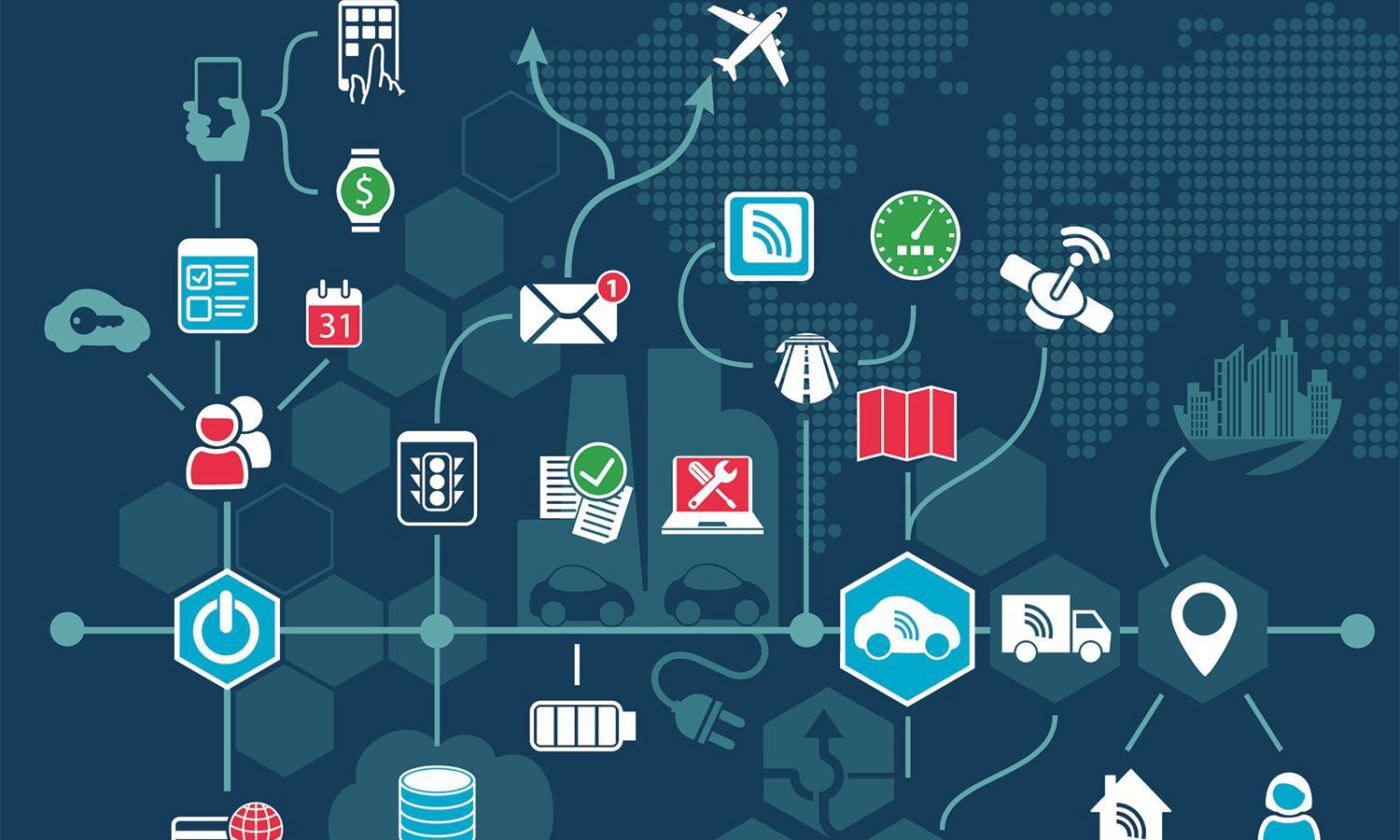When you face the “Big Data” term, you might think about a large amount of data and usually, people can’t add anything else. What Big Data really is? Simply put, Big Data is the instrument for machine learning (ML), artificial intelligence (AI) and data analysis. To differentiate Big Data from other technologies you should pay attention to three V’s:
- Variety – Big Data services work with different types of data, like images, texts, tables, etc. The variety allows adapting Big Data to different fields and tasks.
- Velocity – this is the data processing speed. Fast data processing makes the system more efficient. This is one of the main characteristics of Big Data.
- Volume – of course, Big Data works with really huge volumes of data. You can use it in other cases, but this will be a waste of resources.
Also, there is a fourth V – Value. This characteristic relates to the feasibility and is very important for the customer. Big Data is efficient but expensive and you should estimate this point before implementing Big Data technologies.
Examples of implementation
To better understand what Big Data is, let’s have a look at examples.
Google Maps is an example you might exactly use. Google Maps and Street View are based on Big Data and ML. It can identify what is shown in the picture, and if there is something important on the picture, like a road sign or shop signboard — the AI algorithm will make the picture clearer. If there is an inscription on a passerby shirt or other unnecessary information on the picture, the system can blur that.

Another big field of Big Data application is the healthcare industry. A trained neural network can analyze a lot of data and make diagnoses and predictions. This is used to diagnose various cancer types, blood diseases, skin conditions, etc.
Big Data is widely used by companies with complicated logistic. A neural network trained with ML can help to analyze a lot of input data like weather, road traffic, quality of road surface and other parameters. After that, the system can build the fastest and safest route.
Even restaurant chains use Big Data. It is useful when the system can analyze demand on one or another product or predict the actual numbers of visitors based on historical data. These processes are possible because of collecting a lot of data about weekday, region, weather or other data. The Big Data specialist trains the neural network and it can make the predictions as a result.
How does it work?
Big Data analytics is quite a complicated process. Big Data specialist needs to train the neural network. There are a lot of connections between data nodes and Big Data scientists need to define the weight of each connection to ensure correct predictions. It is a very simplified explanation of training the neural networks. In real life, this is a resource-intensive and long process. The system can be overtrained though, and it will give you incorrect predictions. For example, you need prediction based on weather data but the system has a lot of data about the location and makes a prediction using it. Big Data scientist keeps an eye on these moments and helps the system to work appropriately.

Final thoughts: do you need Big Data in your company?
We discussed Big Data analytics in general, and as you can see this is an elaborated process that needs a lot of resources, time and money. As a business founder, you should evaluate the appropriateness of Big Data implementation at first.
If you are sure that future benefits outweigh expenses, the best way to implement Big Data analytics is by referring to the Big Data consulting company. An experienced company will highly increase the efficiency of your processes with Big Data. Qualified Big Data scientists will choose the best strategy for implementation and you’ll receive the reliable systemtrained correctly.
